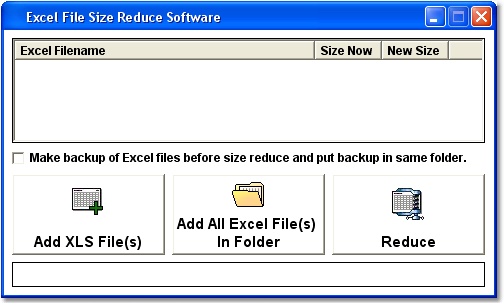

Common examples of a container would be MP4 and MOV files types. The container is often what people are referring to when they say the “file format”. There are two key elements of a video file during the encoding process: the container and the video codec. Video encoding is the process of applying compression and rendering out or converting a video file from one file format to another.

Variable Bitrate is, essentially, a form of video compression itself that results in smaller file sizes than Constant Bitrate. Variable Bitrate, however, will adjust the rate depending on the complexity of the video from moment to moment. Constant Bitrate maintains a consistent rate for the duration of the video. It’s also possible to encode a video using Constant Bitrate or Variable Bitrate. Lower bitrate means less data is transferred and, thus, smaller file sizes. Higher bitrates produce higher video quality but also make for larger file sizes. In terms of video bitrate, a higher bitrate means a larger amount of video data can be transferred per second. This is typically measured in bits per second (bps), kilobits per second (Kbps), or megabits per second (Mbps). Bitrateīitrate relates to the amount of data being transferred at a given time. Multiply that by the number of frames per second, commonly between 24 and 60 frames per second, and you can start to see why uncompressed video files are so large. That’s over 2 million pixels per frame of video, with each pixel holding unique data identifying the color and brightness.

1080p high-definition video, for example, has an image size that is 1,920 pixels wide and 1,080 pixels tall. When people refer to a video in terms of “1920 by 1080” or “4K,” they are referring to the video’s resolution. Resolution is the actual size, in pixels, of your video image. Knowing these will help you to slim those file sizes down without turning your video blocky, or muddy, or petulant and self-absorbed. There are three primary factors that dictate video file sizes: the resolution, the bitrate, and the encoding. The algorithms behind video compression may be complex but it’s not hard to understand what makes a video file larger or smaller. There are a few different video codecs, all of which are responsible for compressing (and decompressing) the video in unique ways. You do this using codec software, which decides what information is required for the video to retain its quality and what information can be discarded.

Video compression is the process of reducing video file size while still retaining the necessary video data.


 0 kommentar(er)
0 kommentar(er)
